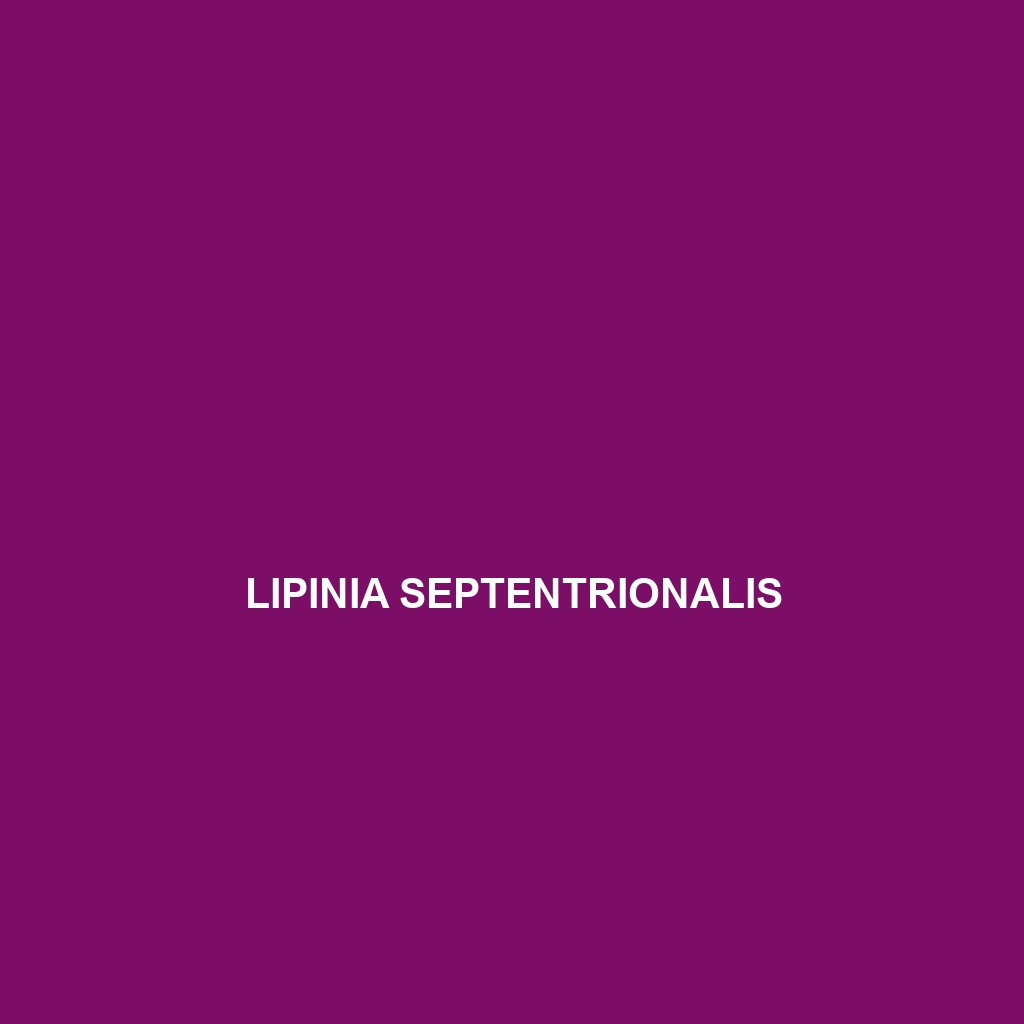<b>Pseudocordylus microlepidotus</b>, or the Southern Roofed Lizard, is a medium-sized, insectivorous lizard native to the arid regions of southern Africa, characterized by its flattened body, rough granulated scales, and distinctive defense mechanism of tail autotomy. This adaptable species thrives in various habitats, playing a crucial role in maintaining insect populations and serving as prey for larger predators.
Tag: lizard mating behavior
Pseudocordylus microlepidotus
<b>Pseudocordylus microlepidotus</b>, or the Southern Roofed Lizard, is a medium-sized, insectivorous lizard native to the arid regions of southern Africa, characterized by its flattened body, rough granulated scales, and distinctive defense mechanism of tail autotomy. This adaptable species thrives in various habitats, playing a crucial role in maintaining insect populations and serving as prey for larger predators.
Phymaturus timi
<b>Phymaturus timi</b>, a unique lizard native to the rocky scrublands of Patagonia, Argentina, measures 15 to 20 cm and showcases earthy brown and grey coloration for effective camouflage. Primarily insectivorous and diurnal, it plays a vital role in its ecosystem by controlling insect populations while serving as prey for larger predators.
Phymaturus patagonicus
<p><b>Phymaturus patagonicus</b>, also known as the Patagonian lizard, is a robust, insectivorous reptile native to the arid regions of Patagonia, Argentina. Measuring 15 to 25 centimeters, it features distinctive coloration for camouflage, exhibits fascinating territorial behaviors, and plays a vital ecological role by controlling insect populations and serving as prey for birds of prey.</p>
Phrynosoma mcallii
Discover the Phrynosoma mcallii, or flat-tailed horned lizard, a unique species native to the arid deserts of the southwestern United States and northwestern Mexico. With its distinctive flattened body, prominent flat tail, and insectivorous diet, this fascinating lizard plays a crucial role in its ecosystem while showcasing remarkable adaptations for survival.
Lipinia septentrionalis
Experience the intriguing world of Lipinia septentrionalis, a slender, insectivorous lizard found in the lush rainforests of Southeast Asia, known for its vibrant colors, agile behavior, and vital role in maintaining ecosystem balance. With a length of 15 to 25 centimeters and an adaptability to various habitats, this species showcases its unique characteristics in both arboreal and urban environments.
Liolaemus thermarum
<p><b>Liolaemus thermarum</b> is a unique, medium-sized lizard native to the high-altitude Andes, characterized by vibrant coloration and diurnal behavior. This insectivore thrives in rocky, temperate forest habitats, playing a crucial role in the ecosystem by controlling insect populations and serving as an important food source for predators.</p>
Liolaemus shehuen
<b>Liolaemus shehuen</b> is a slender lizard species native to the temperate forests of southern Chile and Argentina, exhibiting a remarkable range of color patterns for camouflage. Primarily insectivorous and displaying fascinating behavioral patterns, this species plays an essential role in maintaining ecological balance within its habitat.
Liolaemus salitrosus
Discover the remarkable <b>Liolaemus salitrosus</b>, a slender, insectivorous lizard thriving in the harsh, saline deserts of northern Chile, characterized by its sandy brown and green camouflage, specialized toe pads for navigating rocky terrains, and unique adaptations that allow it to flourish in extreme environments. This vulnerable species plays a crucial role in its ecosystem, balancing insect populations and contributing to biodiversity.
Liolaemus petrophilus
<p><b>Liolaemus petrophilus</b>, commonly found in the rocky terrains of the Andean regions, is a moderately sized lizard measuring 12 to 22 cm, known for its earthy coloration and territorial behavior. As an insectivore, it plays a vital role in controlling insect populations while exhibiting unique adaptations for camouflage and thermoregulation in its semi-arid habitat.</p>









